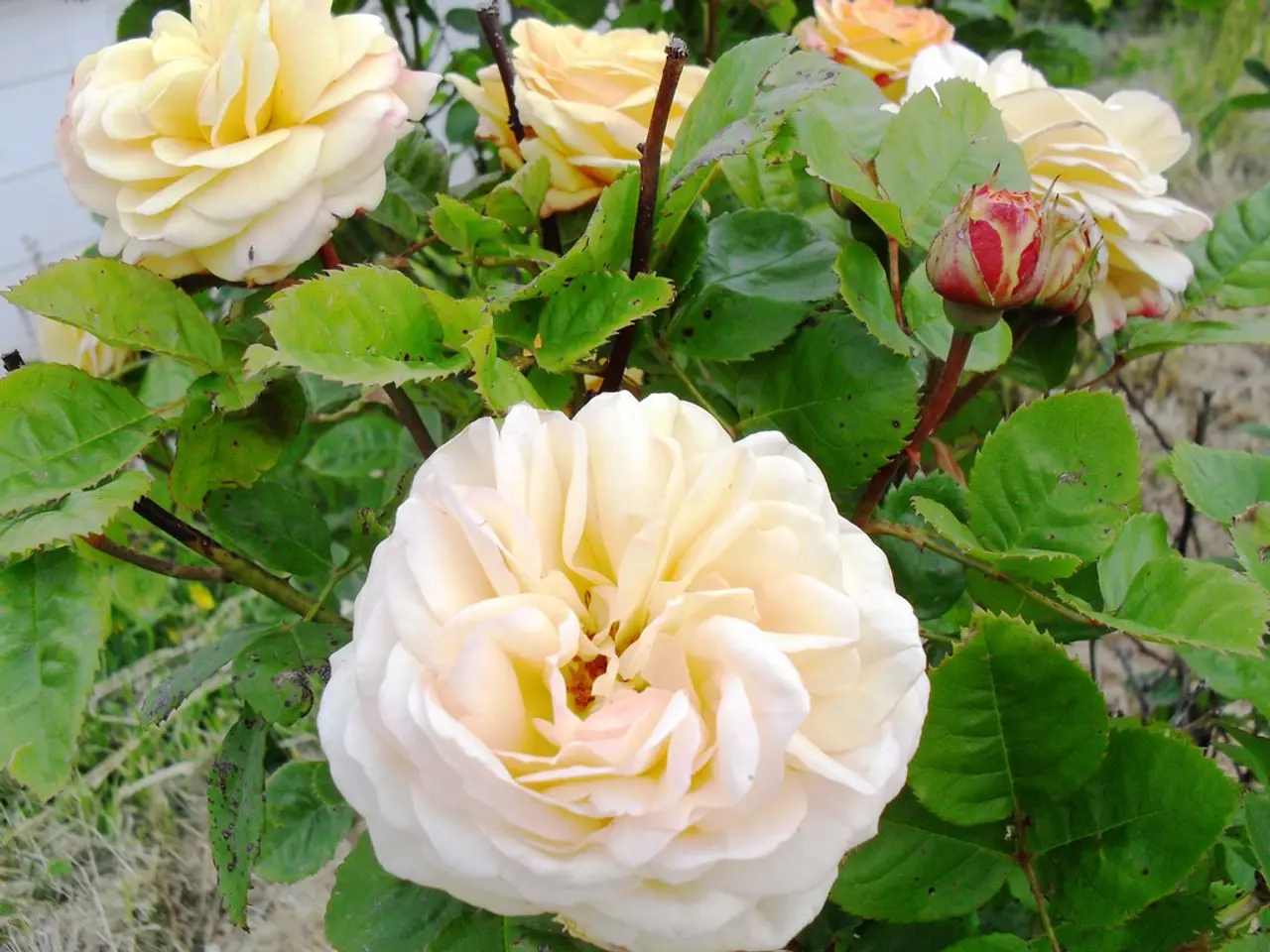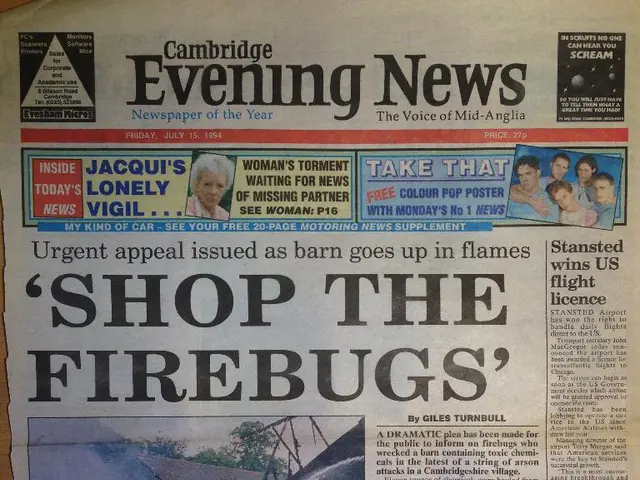Garden Pests to Watch: Identifying Common Weeds
In the world of gardening, weeds are unwelcome guests that can take over outdoor spaces if not controlled. These undesirable plants, growing in gardens, can be categorized into three types: common weeds, noxious weeds, and invasive weeds.
Common weeds, such as crabgrass, are found in most outdoor spaces. While they take up space and nutrients from the soil, they do not harm local ecosystems. Crabgrass is an annual weed that can be managed during spring by using a herbicide called crabgrass preventer, or by removing it by hand.
Garlic Mustard thrives in both sunny and shady growing environments, is adaptable to dry and wet soils, and produces a chemical that prevents other plants from growing near it. This common weed is a challenge to eradicate, but pulling it out, roots and all, while it is young, is the best defense.
Invasive weeds, on the other hand, are non-native plants that invade spaces, have no known natural competitors in the region, and can pose a risk to other plants and change the local ecosystem. Bindweed, also known as morning glory, is a prime example. It spreads and creeps with underground stems growing up to 30 feet deep, making it hard to kill once its extensive root system has been established. Thistle is another invasive plant that requires careful digging to remove the horizontal roots due to its 20-foot-long root system and ability to grow up to 8 feet tall.
Noxious weeds are deemed dangerous to public health, agriculture, wildlife, or property by federal, state, or local governments. Stinging Nettle, full of fine needle-like protrusions on its leaves that inject chemicals into the skin, causing itchiness, swelling, and pain, is one such weed. The key to eliminating stinging nettle in your garden is to cut it down early in the summer when it is weakest.
Wild Violet is a common garden weed that spreads quickly and is resilient, preferring shady areas with moist soil. Regular weeding is needed to control its growth without herbicides. Dandelion is another common garden weed that spreads quickly and has a deep tap root that can grow up to 15 feet long. Digging is the best way to uproot dandelions entirely and prevent them from sprouting in the same place.
Nutsedge thrives in compact, moist soils and establishes a colony, with each plant developing seeds and bulbs underneath the soil, making it difficult to remove.
Weeds, in general, steal space and nutrients from crops and can choke the life out of a garden if not controlled. In this guide, we've highlighted some common, noxious, and invasive weeds, as well as offered some strategies for managing them. However, for the best results, investing in quality gardening tools, such as a stand-up weeder, shovel, or trowel, can make weeding easier and keep your outdoor space free from weeds for a long time.
Unfortunately, the search results do not provide information about the home countries of the twelve garden weeds mentioned in this article. Despite this, it's essential to be vigilant about identifying and managing weeds in your garden to maintain a healthy and thriving outdoor space.
Read also:
- Struggles of Nepal's Himalayan wildlife amidst expanding livestock populations and road networks (opinion piece)
- Coverage of Medical Treatment Questioned: Patient Receives Bill for $17,000 Despite Insurance Promise of Coverage
- Social Change Advocates : A Compilation of Zines as Driving Forces
- Guide to Choosing the Best Animation Company in Belgium: A Comprehensive Overview




